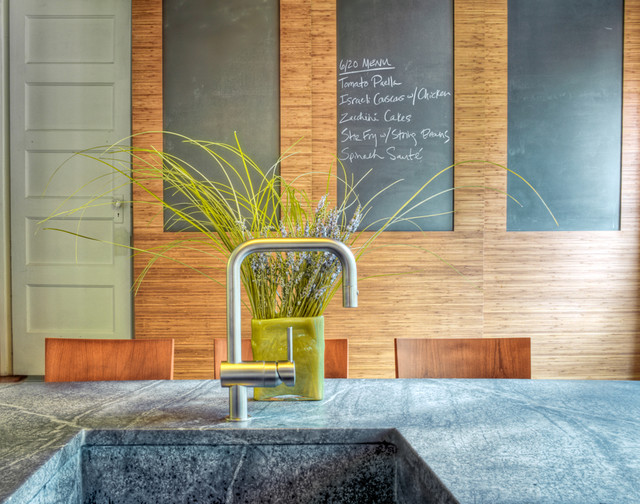by Paul Russell
Many Canadians haven’t taken the most basic estate planning step which is writing a will. They should.
Without a will, your estate doesn’t automatically go to your spouse and children, but ends up being distributed according to the rules of your province. In addition, without proper planning, almost half the value of your assets could disappear to cover capital gains taxes and probate fees.
Here are 10 steps that can help ensure your final wishes are carried out simply and smoothly.
The first thing is to figure out what you have. So prepare an inventory of your assets. A net worth calculator can help you through the process. The list should include your home, vacation properties and investments such as RRSPs or RRIFs. It should also include bank accounts, pensions, personal property like cars, boats or jewelry and the value of any insurance policies.
You should also list any debts that relate to these assets — such as loans or mortgages — and record the account numbers and institutions where the debts are held.
Once you have a picture of what you have, you can figure out how to distribute it. In addition to family members, you may also wish to recognize other people and charitable causes as part of your legacy. In the case of charitable donations, a professional adviser can help you structure these to maximize their value for the recipient and for your estate.
Discussing estate planning issues can be challenging, but it is an important step. Disagreements or disputes after you’re gone can be costly — both in terms of money and family harmony.
By letting family members know your estate plans and the reasons behind your wishes you reduce the chances of disputes after you’re gone. Meet with them now and discuss your plans. It can save a lot of heartache later.
Many people overlook their estate’s tax burden. At the time of your death, you’re deemed to dispose of all capital property, and your estate must cover the tax on any capital gains.
In addition, your tax-sheltered assets held in registered plans (such as RRSPs and RRIFs) lose their tax-sheltered status upon death and become fully taxable (if you’re transferring assets to a spouse, these can be transferred free of tax, but your spouse will eventually pay tax on these upon their death).
There can be other expenses as well. Probate fees — which your estate must pay to the government to confirm the validity of your will — can amount to thousands of dollars depending on the province you live in. There can also be funeral costs and other administrative expenses in settling your estate.
Once you’ve weighed the personal and tax implications of passing on each of your assets, you’ll need to determine how you will distribute them.
Different distribution methods are designed to accomplish different estate planning goals — and there are a number of methods that you may consider as part of a distribution strategy. These can include gifts that you make during your lifetime, transferring some assets so that you have joint ownership with your intended recipient, designation a beneficiary directly on your registered plan investments and insurance policies, or using trusts that you establish either before or after your death.
Choosing an executor is one of the most important estate-planning decisions. Your executor will be responsible for carrying out all the instructions in your will.
While the responsibility is significant, most estates can be settled by a layperson with the help of a lawyer. A checklist of what you have to do helps. It may also be a good idea to appoint co-executors so that the responsibilities can be shared. Appointing someone younger than yourself (such as an adult child) also makes sense as appointing someone your own age increases the chance of your executor predeceasing you, or being too infirm to act on your behalf.
If your estate is particularly complex or you think disputes are likely to arise, consider appointing a professional executor to either help your named executor or fully administer your estate. These services are available through most trust companies.
Once you’ve determined your method of distribution and your executor, much of what you decide will be documented in your will.
Your will is the cornerstone of your wealth transfer plan. It formally outlines your wishes regarding the distribution of your estate and names the executor in charge of settling your estate and carrying out your wishes as stated in your Will.
Once you and your legal adviser have drafted your will, it’s crucial to review it every two to three years, or whenever your circumstances change significantly — when you marry or divorce, welcome a new child, move to another province, or acquire a significant amount of wealth through business or inheritance.
Part of the will creation process — and an essential step in any sound estate plan — is the establishment of Powers of Attorney.
A Power of Attorney is a legal document that appoints a person (or people) to manage your property or personal care in the event you become unable to.
There are two distinct types of Power of Attorney: One relates to the management of your property, assets and investments. The other appoints a person to make personal care and health care decisions on your behalf. Powers of Attorney will generally take effect if you ever become incapacitated, but specific triggering events may be outlined in each document.
You may also consider drafting a living will, essentially a set of instructions that may instruct doctors and other caregivers as to the kind of personal or medical care you may want, or do not want, should you ever become incapable of making those decisions for yourself. In some provinces, these wishes form part of the Power of Attorney for Health Care, but in most cases, the living will is a separate document.
Once your plan is set, it’s important to tell your family so they can carry out your wishes. A master document is a convenient solution. This document will contain:
• Account information for investment and bank accounts, credit cards, and all other accounts you may have
• Insurance, pension and other benefits you may receive upon death
• An inventory of your assets and liabilities
• Your will, powers of attorney, and living will
• Any instructions or documentation relating to a business you have an ownership interest in.
Give copies to your executor, your spouse, your children and other key family members whom you want to inform about your wishes.
www.teambluesky.ca


